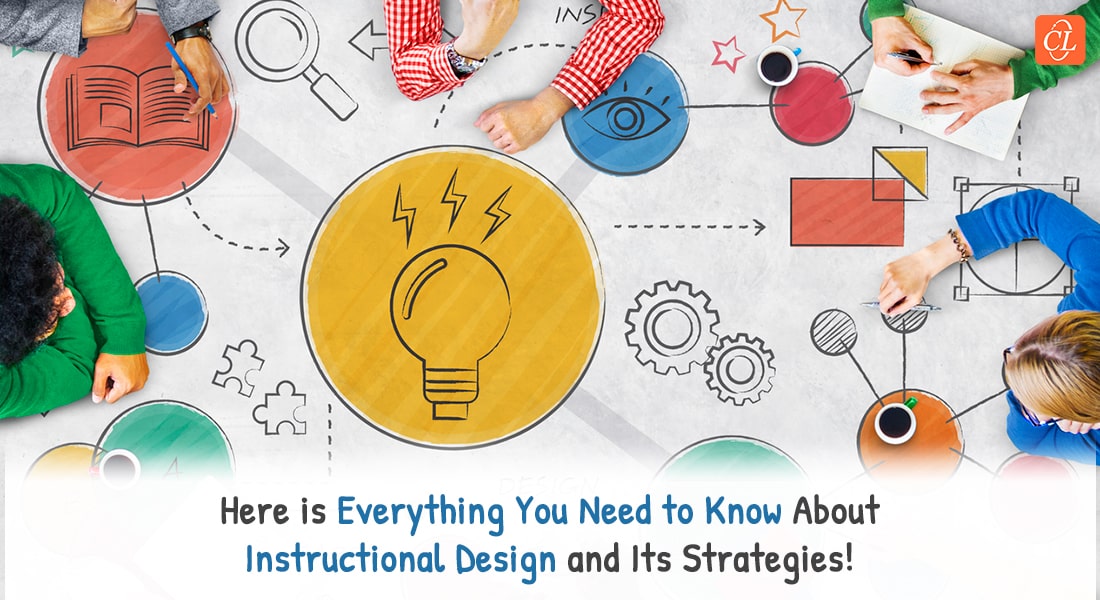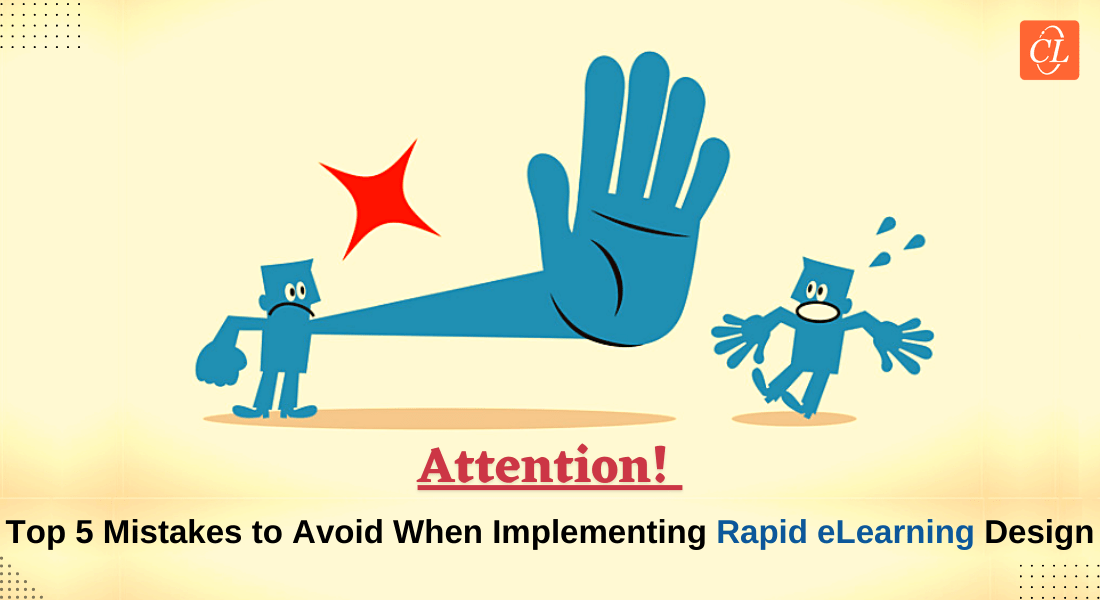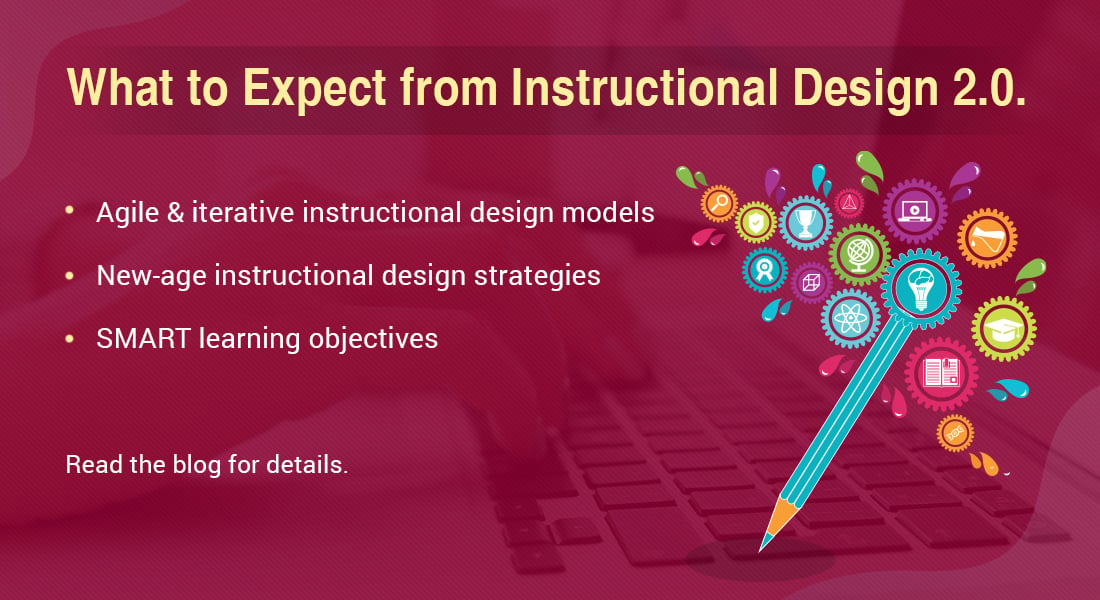What Everyone Ought to Know About Instructional Design

Instructional designers are tasked with developing effective eLearning courses, which are usually not led by an instructor. eLearning is a process of gaining knowledge or a new skill set by practicing, learning or experiencing something.
We learn 3 things throughout our eLearning journey:
Knowledge – It is the information required to perform a certain task.
Skills – It involves ability and expertise to perform the given task.
Attitude – It is the way we behave in a particular situation.
Choosing the Right Instructional Design Strategy Can Transform Your eLearning
Here are the key instructional design strategies you can follow:
- Storytelling
- Case studies
- LEAD (Learning through Exploration and Discovery)
- Watch-Try-Do Simulations
Instructional design creates effective training plans for learners to gain and identify gaps in knowledge, skills, and attitudes. It ensures learners receive instructions in a form that is effective and meaningful so they can understand the concepts taught in a better way.
Instructional Design: Basics
Training modern workforce is no joke! We have come a long way from the traditional training methods. Adding Instructional design to the process will help you to create interactive and more user-friendly online courses that today’s learners want. Instructional designing is a whole and an on-going process. It has multiple steps that needs to be followed to create a course which is desired by the learners.
As an instructional designer you have to:
- Identify relevant and irrelevant content to achieve the expected outcome.
- Identify gaps in content to communicate to the SMEs and avoid confusion later.
- Get a good understanding of the content to teach and assess learners better.
- Make a rough outline to split heavy topics into segments
Grab this eBook to explore the basics of instructional design!
Instructional Design Process for Effective Course Design
Within recent times, there has been a shift in approach towards more inclusive design. One of these models is the SAM (Successive Approximation Model).
The SAM has three phases – preparation, iterative design, and iterative development
1. Preparation Phase: This phase involves gathering information based on a need assessment basis.
2. Iterative Design Phase: This phase focuses on creating a prototype which is reviewed and redesigned as required.
3. Iterative Development Phase: In this phase the prototype is implemented and evaluated. Alpha, beta, and gold versions of the course are released.
Instructional Design Strategies
An instructional design strategy is an approach of how a course will be created based on the subject to be taught. Any instructional design strategy will be based on learning objectives and design goals. Some elements of instructional design strategy also include devices to be used, media elements, feedback and assessments, presentation patterns, etc.
A few components of instructional design strategy are:
Content: It includes breaking the entire material into manageable content. It helps to differentiate between need-to-know and nice-to-know resources.
Media: It includes media elements such as audio, video and animations. These elements are used to enhance the learning experience.
Visual: It includes Graphic User Interface (GUI), graphics and pictures. This element makes the course more interactive and engaging.
Assessments: It includes Formative or Summative assessments to assess and evaluate the learning.
Technical: Technical component of ID strategy involves specifications related to what can or cannot be done in the course.
Types of Instructional Design Strategies
Here are a few instructional design strategies that are being used effectively in the online learning environment.
Storytelling: Something very boring can be transformed into something very interesting if you tell it like a story. With storytelling, it is easier for the learners to remember the subject matter as it connects learners to the subject.
Case studies: A Case study is an in-depth study of an event or a situation, used for learning purposes. Case studies help learners relate to the subject and understand how it is related to real-world situations.
LEAD (Learning through Exploration and Discovery): Exploration-based learning is an active learning approach. This learning model is built with today’s learners in mind. It enables learners to gain mastery over the core concepts in the course through interactivities.
Watch-Try-Do Simulations: This approach provides learners with some hands-on and minds-on learning experience. It provides a smooth transition from watching, to trying and finally, executing the operation.
Parting Thoughts!
Hope you enjoyed this read about the instructional designing and its strategies. The choice of the strategy for your organization will depend on your target learners, the subject matter, time, resources and budget. The right strategy will ensure better learning experience for the learners.
Go through this webinar recording to learn more about Instructional Design strategies to create an immersive learning experience.



![What are the Intuitive Design Aspects for Impactful eLearning? [Infographic]](https://blog.commlabindia.com/hubfs/blogs/intuitive-design-aspects-impactful-elearning-info.jpg)

